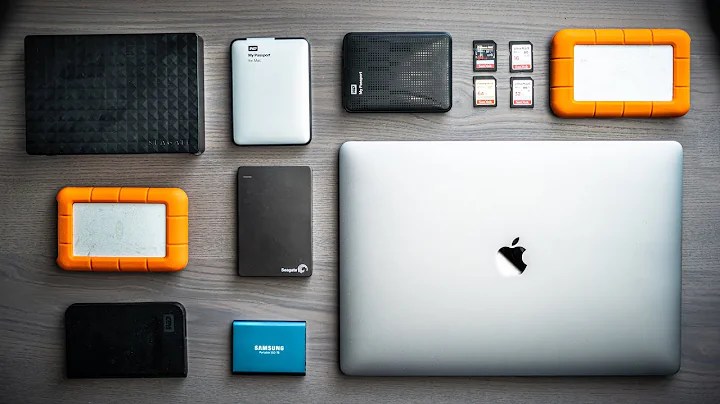Disable TRIM to avoid file system corruption
Short answer: to your question on the effect of disabling TRIM in Trim ready SSDs, I would not do it.
Long answer: here's why:
Loosely quoting from an earlier post:
TRIM prepares at-least-once written physical blocks on an SSD for new write operations (Wop's), obviating the need to actually erase the targeted blocks immediately before the Wop occurs (as would be the case in a setup w/o TRIM). For that the SSD must have a hardware controller that is TRIM-ready. It is not always the case.
In a first phase of use is, i.e. when the brand new SSD has just been installed and is still relatively new, all the SSD blocks have not yet been written over at least once. During that phase TRIM does not kick in systematically and brings limited benefit to the overall r/w speed.
After that early phase, which depends on a number of factors, among them how much you write・access the SSD, Wop's will slown down to reach a speed plateau.
At that stage, a rule of thumb is that TRIM more than halves write-times on TRIM-ready SSDs with respect to the same hardware without TRIM enabled. Some maintain that the regular use of fstrim, the garbage-collection utility that actually carries out the zero-rewrite on already once written but now discarded blocks, will boost your write-speed by a factor of 4 (yes, 400%!) or more. I (and most people) have no way of controlling that, short of isolating and looking at blocks being written with and without fstrim 's garbage collection at work.
HTH, at least conceptually. To know more you will have to delve in a number of rather technical white papers. They get seriously abstruse to the non-expert.
On the matter of disabling TRIM, first check that your SSD IS TRIM ready and TRIM is enabled:
$ sudo hdparm -I /dev/sda | grep "TRIM supported"
CAUTION: read your man page on hdparm before using it. You can thoroughly corrupt your system in case of misuse. The command above is completely harmless though.
If you get a blank then TRIM is not enabled -> case closed
If you get
* Data Set Management TRIM supported (limit 8 blocks)then check that TRIM is actually active on your machine.
On Ubuntu, there are two possibilities (known to me):
you may have a
discardas mount option in your /etc/fstab file, for any SSD device typically formatted as either ext3 or ext4. In case your mounted volume has the ext3 format, thediscardmount option is known to actually constrain the volume to be read-only. That would get anybody's attention rather rapidly I think. So chances are any volume with thediscardmount option will be ext4.-
you can program
fstrimto run automatically on a regular basis (hourly, daily, weekly or otherwise). To check that you havefstrimso programmed, enter the following in terminal:$ find /etc/ trim | egrep fstrim
At least on Ubuntu 14.04.x, which is what I run these days, fstrim is scheduled to kick in once a week, which is about right for any normal desktop user. You might want to go up to a daily frequency if you run a data write-intensive services, i.e. a performance oriented database management system. WADR, somehow, if you had to ask, I doubt it is the case.
Finally, yes, suppressing fstrim or removing it from its /etc/cron.{hourly,daily,weekly,monthly} directory will stop the trimming process on your machine.
My opinion (provided at your request and not as a recommendation you should necessarily follow):
You are probably safe leaving that fstrim file where it is. If you prefer disabling it, go and buy an equivalent conventional disc based (HDD) drive to replace it. You might be better off than with an SSD with no TRIM activated, having paid a premium for it. But frankly using your extracted SSD as a paper-press would be a pity. That would be taking the discard option for TRIM garbage collection quite literally.
Related videos on Youtube
Simone Pernice
I used Linux since 2000. I begun with Redhat, then Fedora and eventually I have discovered Ubuntu (since 2006) which I think is the best and is the one installed in my PCs. I work in electronic field as a designer. In my spare time I like develop programs in C, Java, Python. I love physics and maths. I have two nice children: Alessio and Luca and a great wife Stefania!
Updated on September 18, 2022Comments
-
 Simone Pernice over 1 year
Simone Pernice over 1 yearI read the following article on a problem with TRIM and Samsumg.
I am running Ubuntu 14.04.1 and I have a Samsung PRO 850 of 250GB.
I am worried to get my file system damaged due to same firmware problem.
Does anybody have issues with same SSD and Ubuntu version?
Do you suggest to disable trim for safety?
If yes, it is enough to delete the file /etc/cron.weekly/fstrim ?
Thank you, Simone
-
 Cbhihe almost 9 yearsI would suggest editing yr question and supressing the polling question "does anybody have issues with...".
Cbhihe almost 9 yearsI would suggest editing yr question and supressing the polling question "does anybody have issues with...". -
 Cbhihe almost 9 yearswould be nice to have some feedback on answer(s) brought to you. At least a simple aknowledgment.
Cbhihe almost 9 yearswould be nice to have some feedback on answer(s) brought to you. At least a simple aknowledgment.
-
-
 Simone Pernice almost 9 yearsHi Cbhihe, thank you for explanation. I have trim enabled and I kept it running as per your suggestion. I had no problem up to now with file system corruption. I do not want to age sooner my SSD. Thank you Simone
Simone Pernice almost 9 yearsHi Cbhihe, thank you for explanation. I have trim enabled and I kept it running as per your suggestion. I had no problem up to now with file system corruption. I do not want to age sooner my SSD. Thank you Simone -
Mikko Rantalainen over 6 yearsA well made SSD will work fine without discard or TRIM even in long run. If your SSD manufacturer is Intel or Samsung, it may be a well made SSD. An SSD drive made by any other manufacturer will require discard and TRIM to work in long run. And even then, the changes are it will behave badly if you ever fill it.
-
 mckenzm almost 3 years..and writes are buffered so unless you need to unmount or you are writing whole-of disk, write speed is not that critical.
mckenzm almost 3 years..and writes are buffered so unless you need to unmount or you are writing whole-of disk, write speed is not that critical.





![Enable/Disable TRIM Support for Solid State Drives in Windows 10 [Tutorial]](https://i.ytimg.com/vi/dU_BOitlrUc/hqdefault.jpg?sqp=-oaymwEcCOADEI4CSFXyq4qpAw4IARUAAIhCGAFwAcABBg==&rs=AOn4CLCuZjExMAj8WAOjz_cnnp4W1MvuiA)
